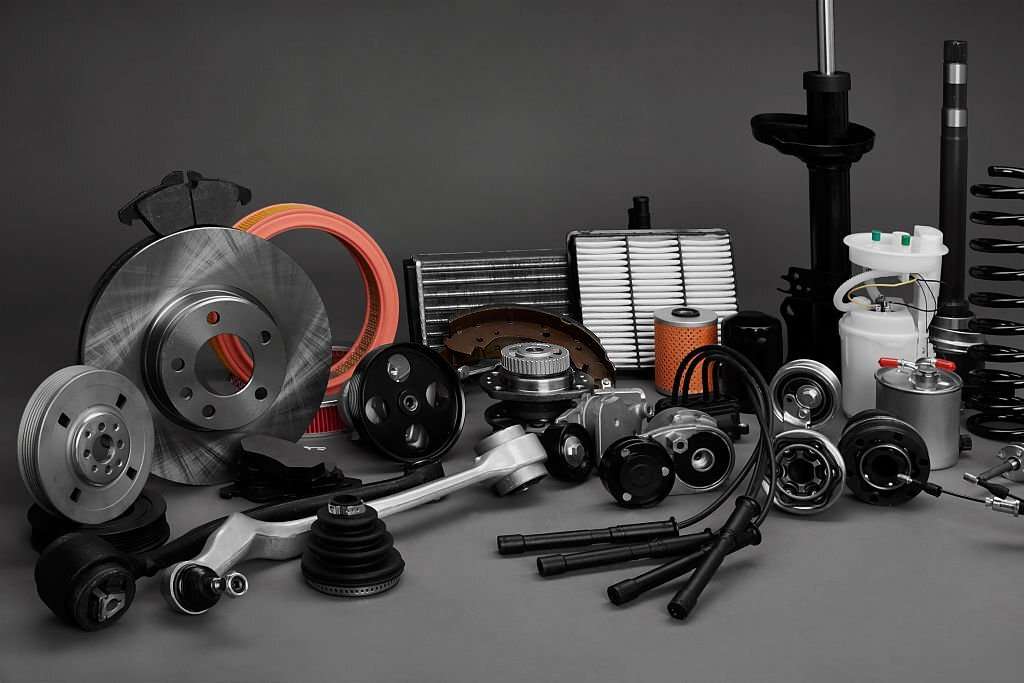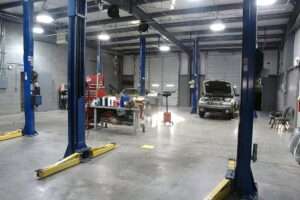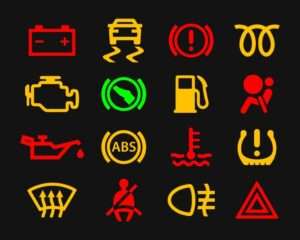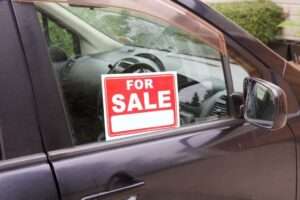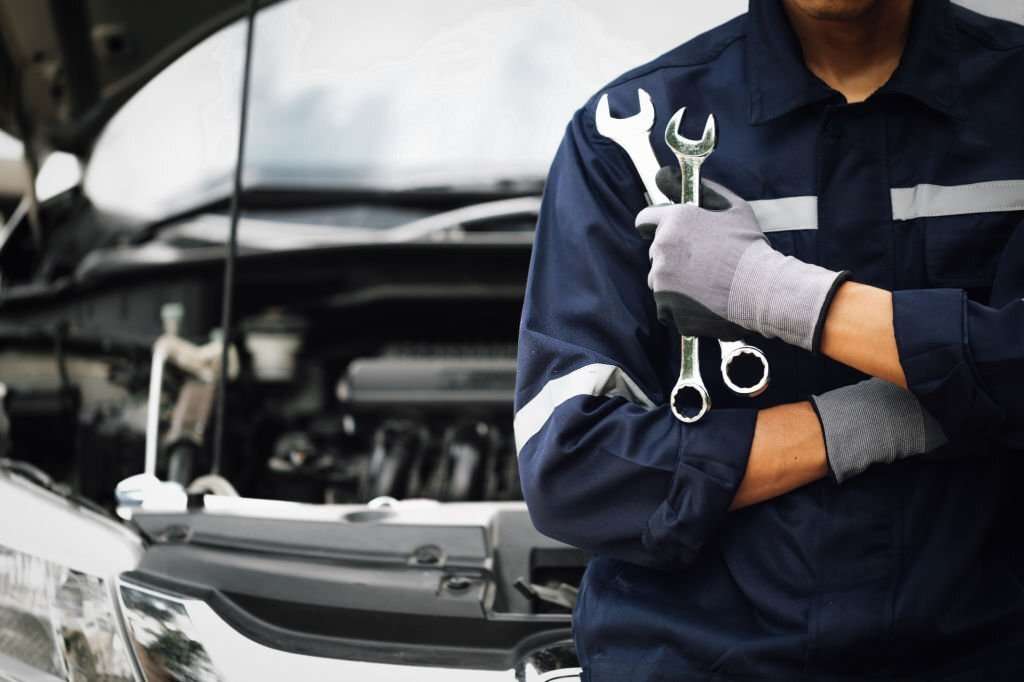Replacing car parts can be expensive. However, consumers can shop for non-original spare parts, which are often much cheaper than OEM parts.
There are some risks associated with using non-original spare parts. For example, if a non-original part causes a problem with your car, it may void your warranty. So it’s important to research and ensure you’re getting a high-quality part from a reputable supplier.
Overall, non-original spare parts can be a great way to save money on car repairs. But it’s essential to be aware of the risks before you make a decision.
When your car needs a part, you have a few options. You can buy an original OEM part, an equal-matching quality part, or a grey, counterfeit, or illegally sourced part.
Original OEM parts are made by the same company that made your car. They’re the most expensive option, but they’re also the highest quality.
Equal matching quality parts are made by other companies, but they’re the same quality as OEM parts. They’re usually less expensive than OEM parts, but they’re still a good quality option.
Grey, counterfeit, or illegally sourced parts are often much cheaper than OEM or equal-matching quality parts. However, they’re also the lowest quality option. They may not fit properly, they may not work as well, and they may even damage your car.
So, what should you choose? It depends on your budget and your needs. If you want the best quality part, go with an original OEM part. If you’re on a budget, an equal-matching quality part is a good option. And if you’re looking for the cheapest option, be sure to do your research to make sure the part is safe.
Here are some tips for choosing car parts:
- Do your research. Read reviews and compare prices before you buy a part.
- Buy from a reputable dealer. This will help you avoid getting counterfeit or illegally sourced parts.
- Ask questions. If you’re not sure about a part, ask the dealer questions.
How to spot counterfeit or illegally sourced parts:
- Price: Counterfeit parts are often much cheaper than genuine parts. If a part seems too good to be true, it probably is.
- Packaging: Counterfeit parts often come in poor-quality packaging. The packaging may be damaged, the labels may be incorrect, or the part may not be in the original packaging.
- Quality: Counterfeit parts are often made of inferior materials. They may not fit properly, they may not work as well, and they may even damage your car.
- Branding: Counterfeit parts may not have the correct branding. The branding may be blurry, the font may be wrong, or the logo may be missing.
- Warranty: Counterfeit parts often do not come with a warranty. If a part is offered with a warranty, be sure to check the terms of the warranty to make sure it is valid.
If you are not sure whether a part is genuine, it is always best to err on the side of caution and buy from a reputable dealer.
Here are some additional tips for spotting counterfeit or illegally sourced car parts:
- Look for the part number. Every genuine part has a unique part number. You can check the part number with the manufacturer to make sure it is genuine.
- Compare the part to a genuine part. If you have a genuine part, you can compare it to the counterfeit part to see the differences.
- Ask questions. If you are not sure about a part, ask the dealer questions. They should be able to provide you with documentation to prove that the part is genuine.

